FORT HOOD, Texas - On the fourth floor, just above the windows that offers a panoramic view of its recovery and rehabilitation facilities, hangs the latest photographic testaments of one group of warriors. They have returned from battle with missing limbs, but were strong enough to overcome their challenges and take back their lives while inspiring others.
The 1st Cavalry Division's rear detachment deputy commander, rear detachment sergeant major and Family Readiness Group leaders encouraged its wounded warriors to continue their mission of recovery and rehabilitation Aug. 27 during visit to Brooke Army Medical Center (BAMC) and the Center for the Intrepid, at the Army's state-of-the-art physical rehabilitation center in San Antonio.
Before touring the CFI the command team met with three Soldiers assigned to the 1st Cav. Div., Spc. Christopher Johnson, an infantryman with 1st Battalion, 12 Cavalry Regiment, 3rd Brigade Heavy Combat Team, 1st Cavalry Division,Spc. Johnny Nguyen, an infantryman with 1st Battalion, 5th Cavalry Regiment, 2nd Brigade Combat Team, 1st Cavalry Division, and CLP Tyrell Manakaja, an indirect-fire infantryman with 1-5 Cav., 2BCT, 1st Cav. Div., and members of their Family members.
Sgt. Maj. Michael Aycock, the 1st Cavalry Division Rear Detachment Sergeant Major, said that he's continually impressed by the facilities, but even more impressed with the Soldiers' courage and strength.
"It's unbelievable how well our Soldiers are being cared for here, from the enhancements to the facilities, to the level of care, we know our Soldiers are receiving the best possible care," said Aycock, from Clinton, N.C.
Our Soldiers are dealing with tough recoveries, but their morale is high in the face of what they have been through. It's essential to stay in tuned to these heroes who have sacrificed so much, and to do whatever is necessary to assist them in their recoveries, Aycock said.
"The facilities here are awesome and hospital staff does a great job taking care of us," said Manakaja, from Peach Springs, A.Z.
"I am happy that the chain-of-command and the FRG leaders take the time to come down and visit us here. It shows that they really care about us, and that we're not forgotten," said Manakaja, who suffered a broken arm and was struck by shrapnel in the face, legs and arms June 25, when the Humvee he was traveling in ran over an Improvised eExplosive Devices (IED), less than a mile outside Forward Operation Base (FOB).
"Intrepid means - Brave and Fearless," said Rebecca Rooper, an administrator with BAMC and tour guide for the Cav. group.
The four-story, 60,000 square foot Center for the Intrepid includes clinical space, a Military Performance Lab with a Gait Lab and Computer Assisted Rehabilitation Environment, a pool, an indoor running track, a two-story climbing wall and Prosthetic Center.
The CFI will provide service members with severe extremity injuries and amputations the opportunity to maximize their ability to live and work productively.
Rooper said all of it is designed to help Soldiers with severe injuries, burns and amputations take advantage of their ability to work and live productive lives.
In the Gait lab for instance, infrared cameras track the position of reflective markers on patient's bodies and joint angles are calculated and analyzed. Patients can be tested climbing stairs from 0 to 33 degrees.
The CAREN is a 21-foot dome with a 300-degree screen that displays a variety of virtual realities. Patients stand on a moving platform that can sway like boat on a choppy ocean or incline when taking a simulated hike through the woods.
Patients can take advantage of the natatorium, a six lane pool for pre-running activities, kayaking, water basketball, volleyball and general swimming. The pool creates powerful waves that simulate surfing, which can be used to help improve balance, coordination and strength.
A gym, equipped with a two-story climbing wall is located on the third-floor, also a firearm and driving simulator to aid in improving patient's skills.
To practice daily living skills, a fully-functional one bedroom apartment is completely equipped for patients to relearn all aspects of independently living with their prosthetic devices, to include a living room, kitchen, laundry, bedroom, and bathroom.
Prosthetics are fabricated on the second floor, with computer assisted technology for design, wireless technology for remote adjustment of upper and lower extremity prostheses design and fabrication of unique specialty limbs for sport and other activities.
"It's an incredible facility," said Joy Bolger, spouse of 1st Cavalry Division's commander, Maj. Gen. Daniel Bolger. "It's amazing to see the advancement in treatment and technology. From a medical standpoint, recoveries are not easier because of the injuries, but more people are surviving due to the progress of science."
Each visit Bolger makes to BAMC and the CFI is special, because each Soldier starts off as an in-patient, but to see them later as out-patients underscores the work done at the facility.

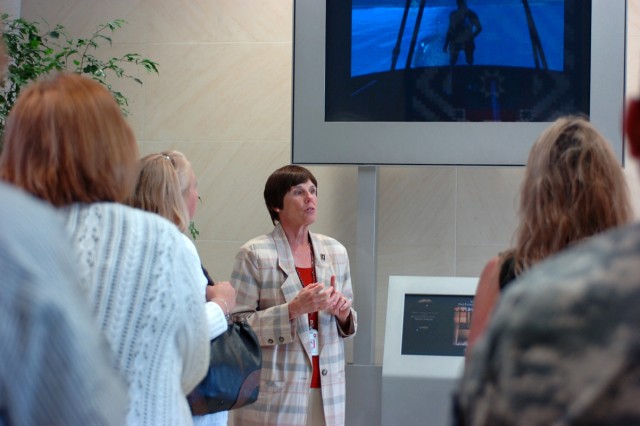
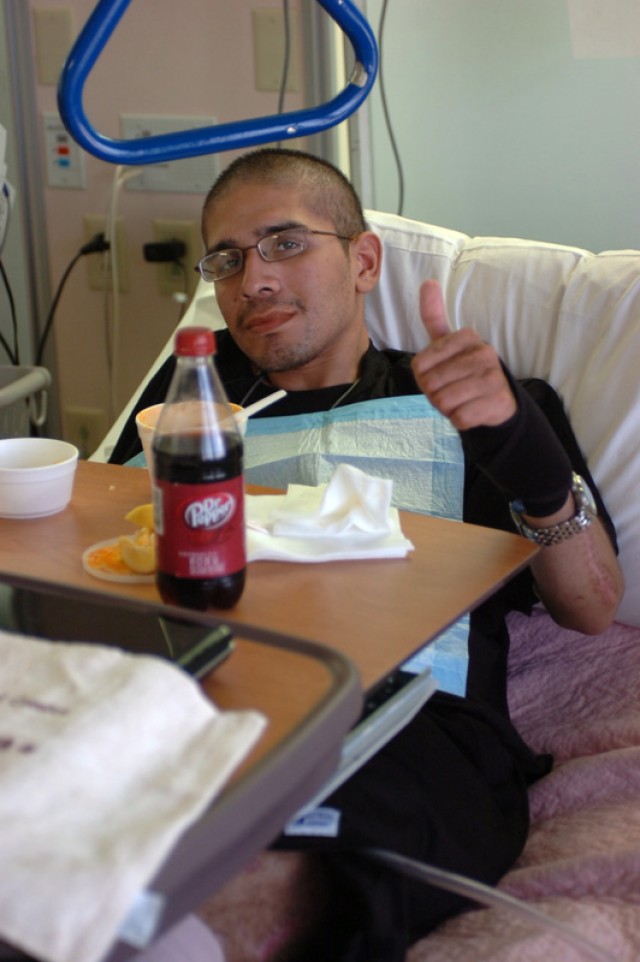
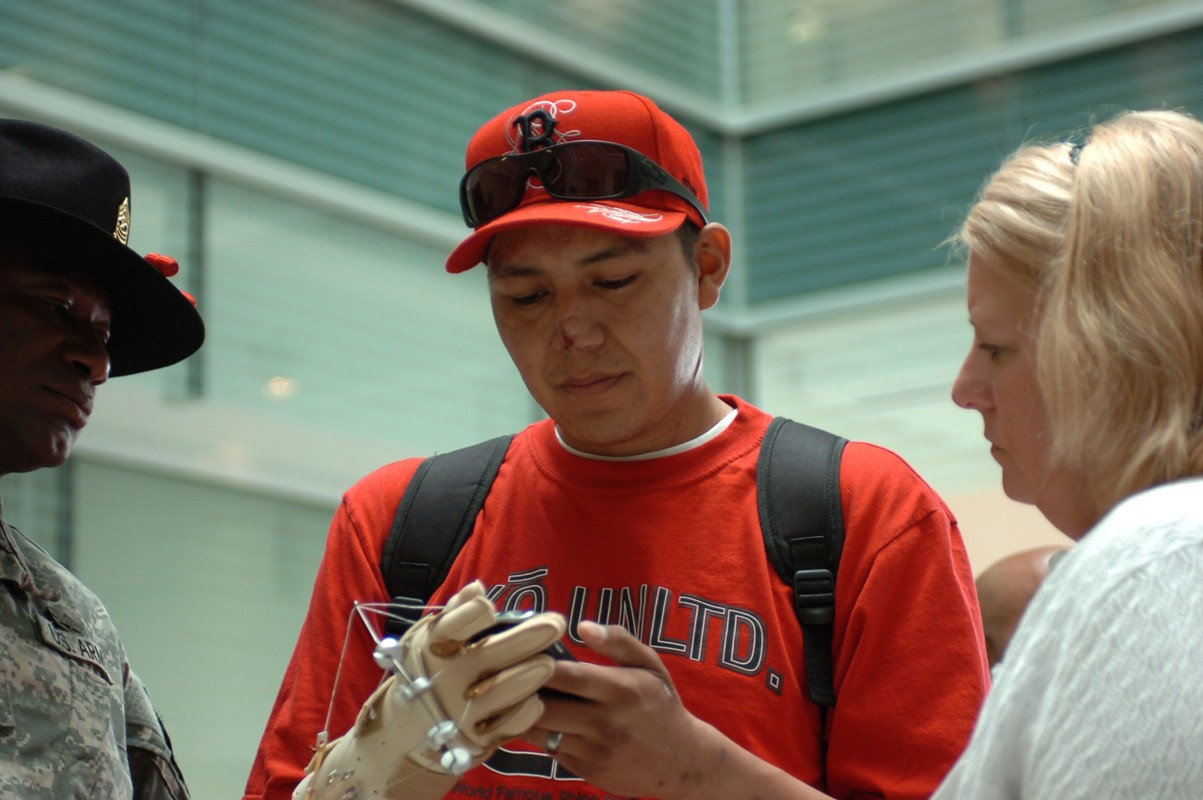
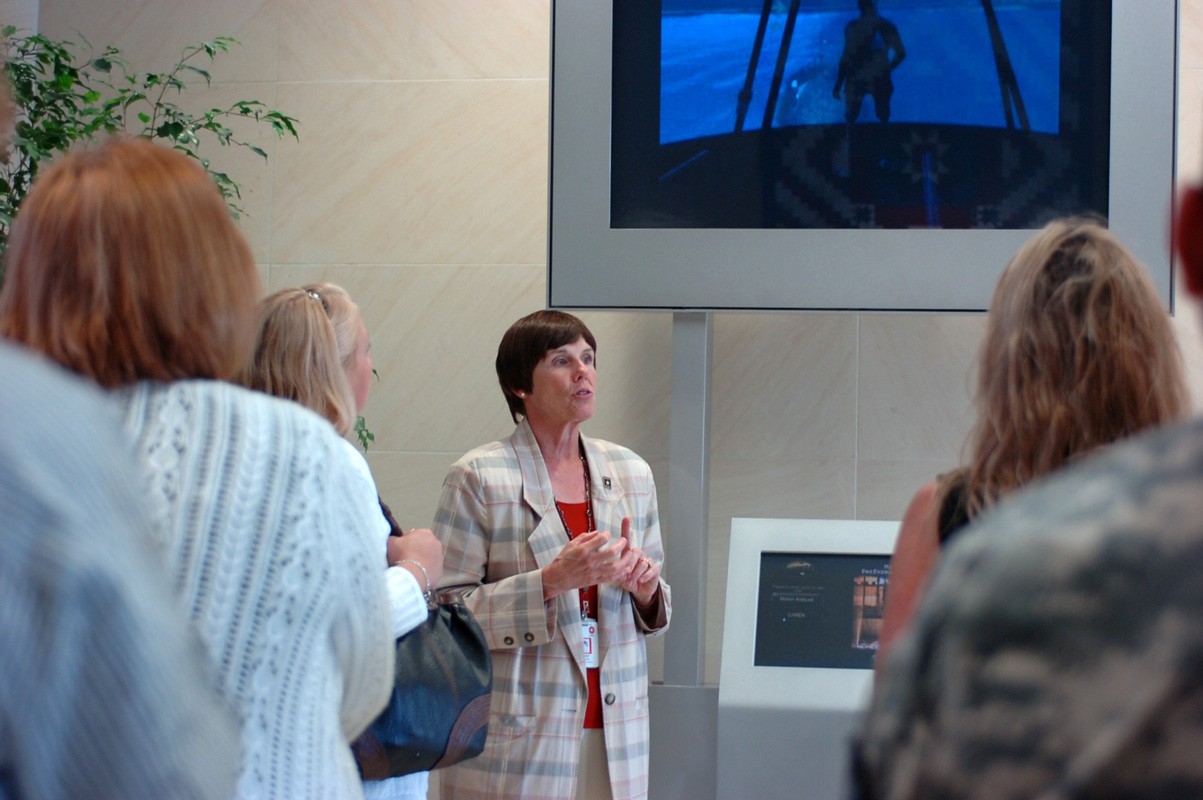
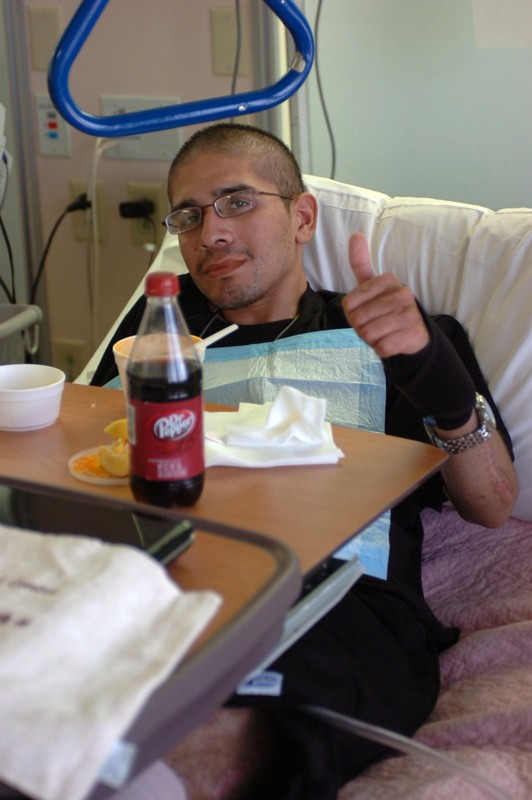
Social Sharing